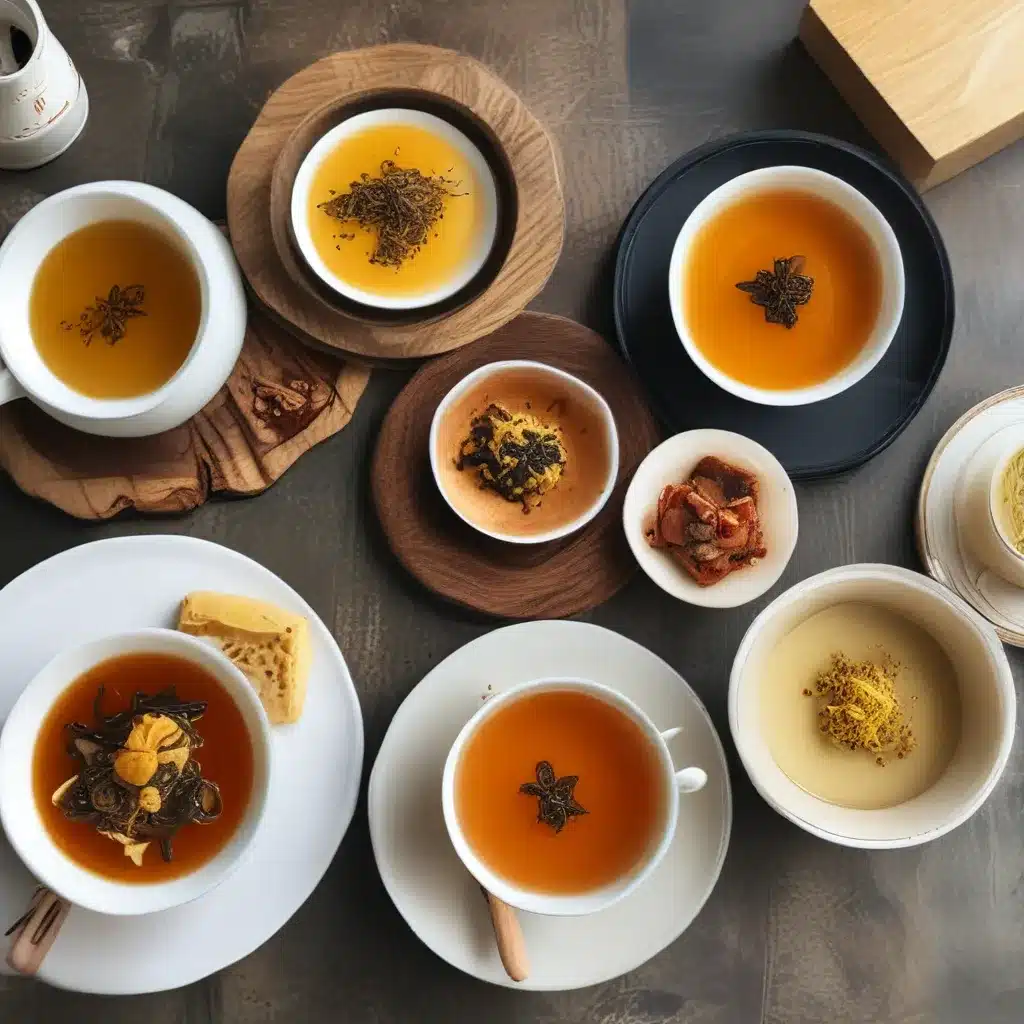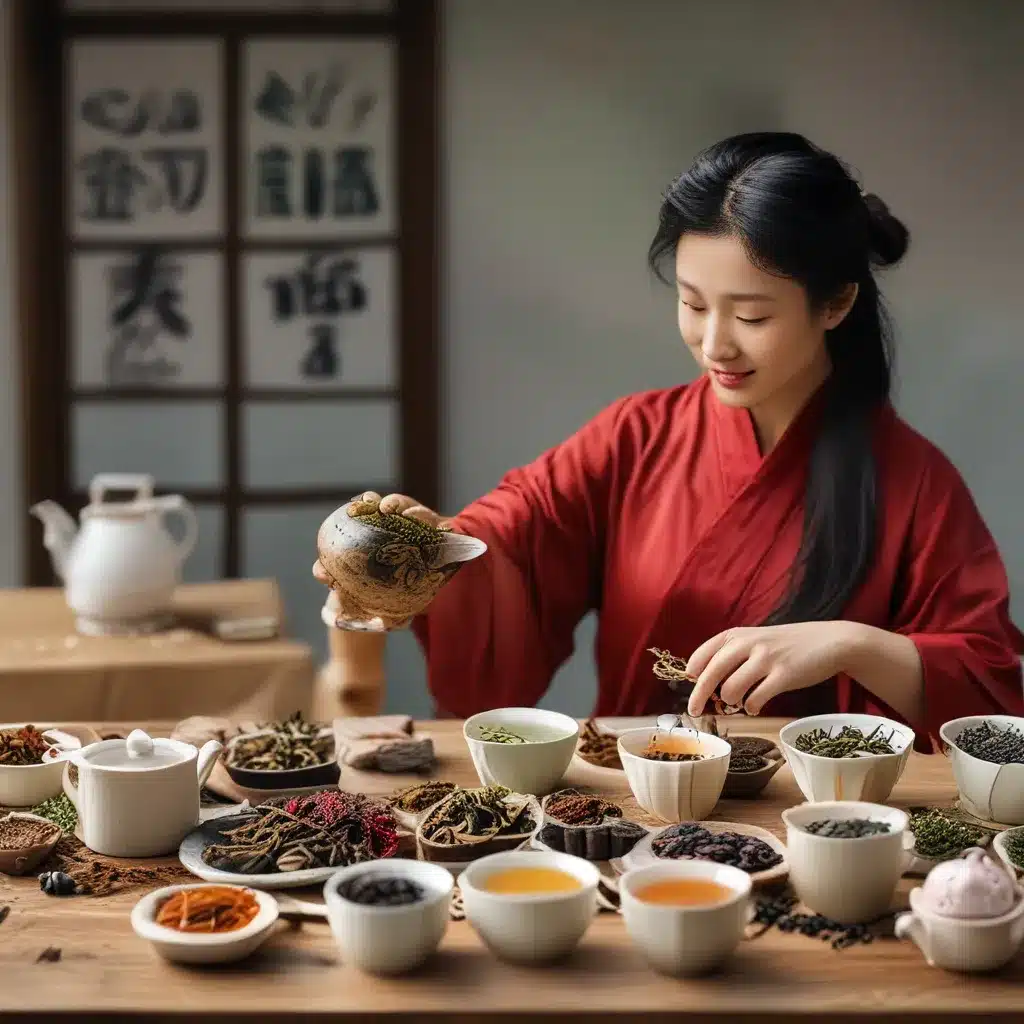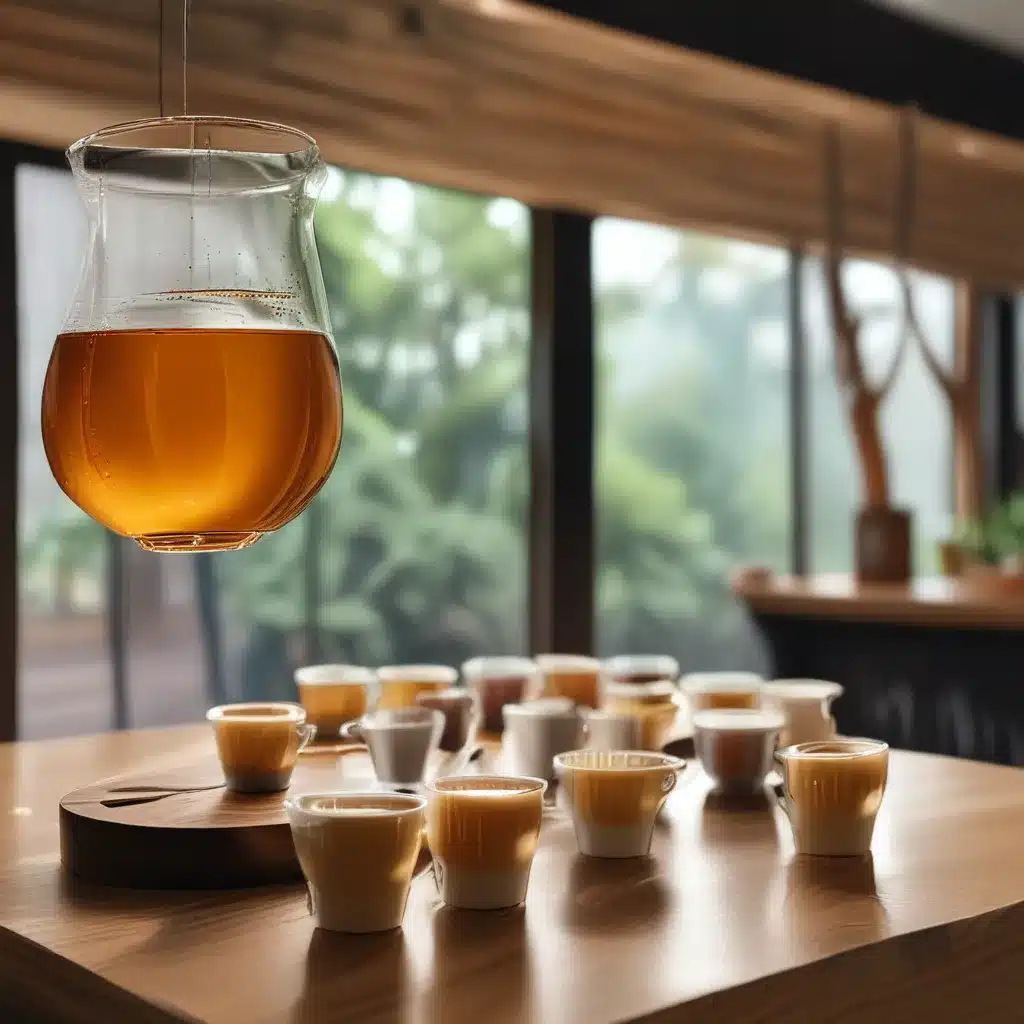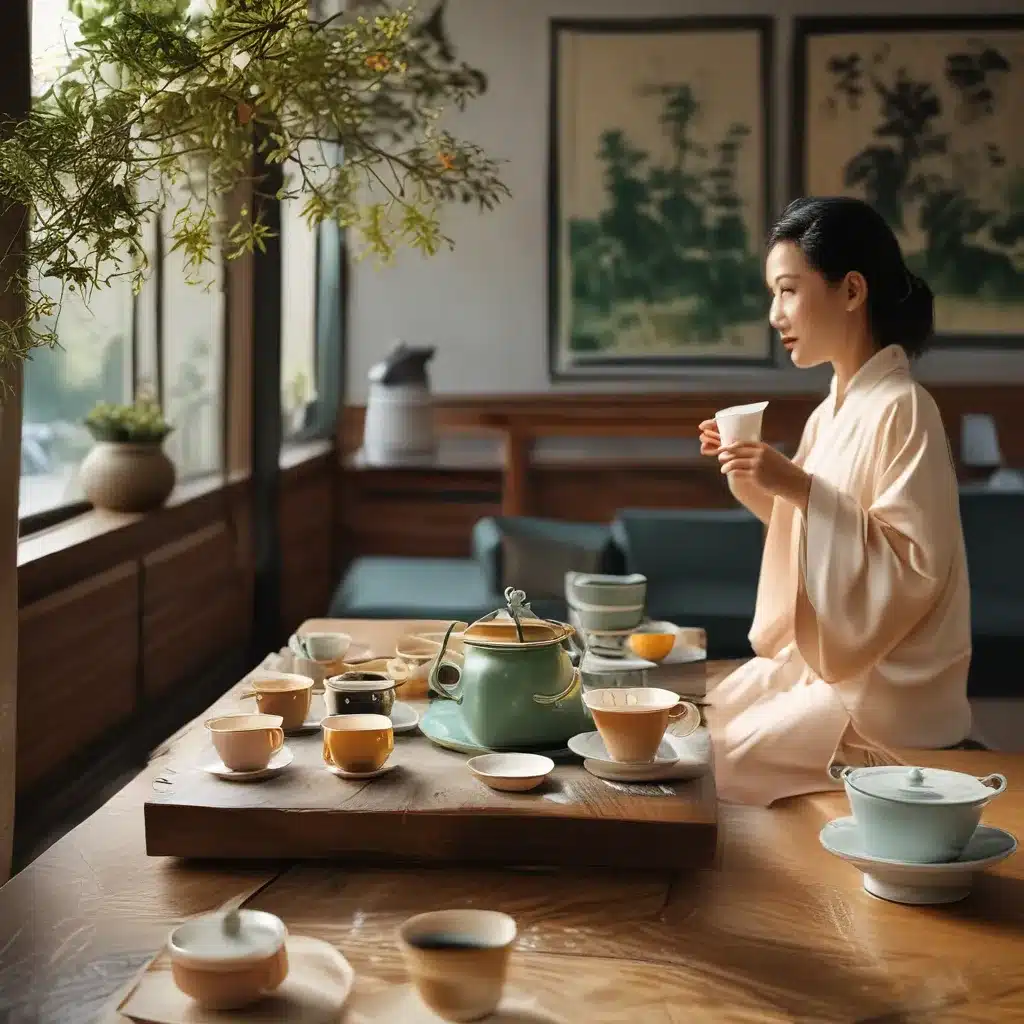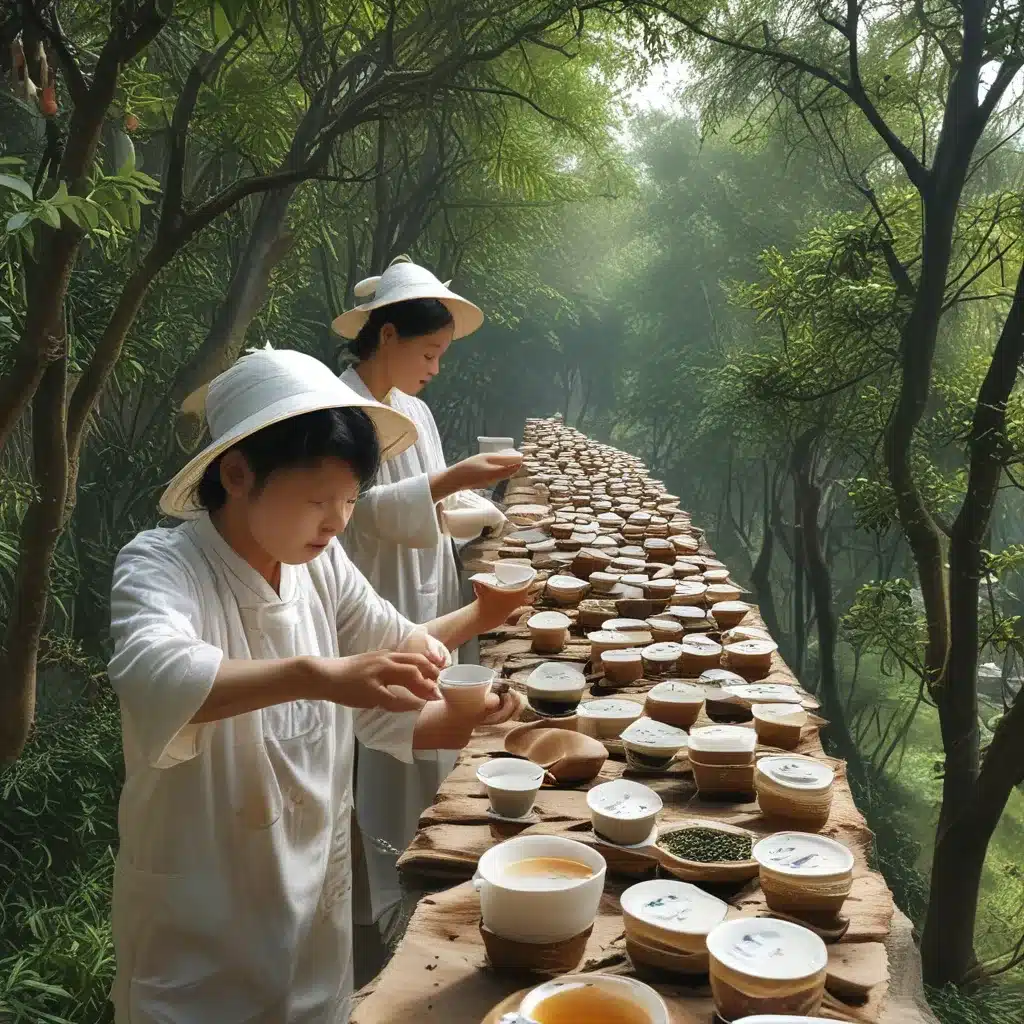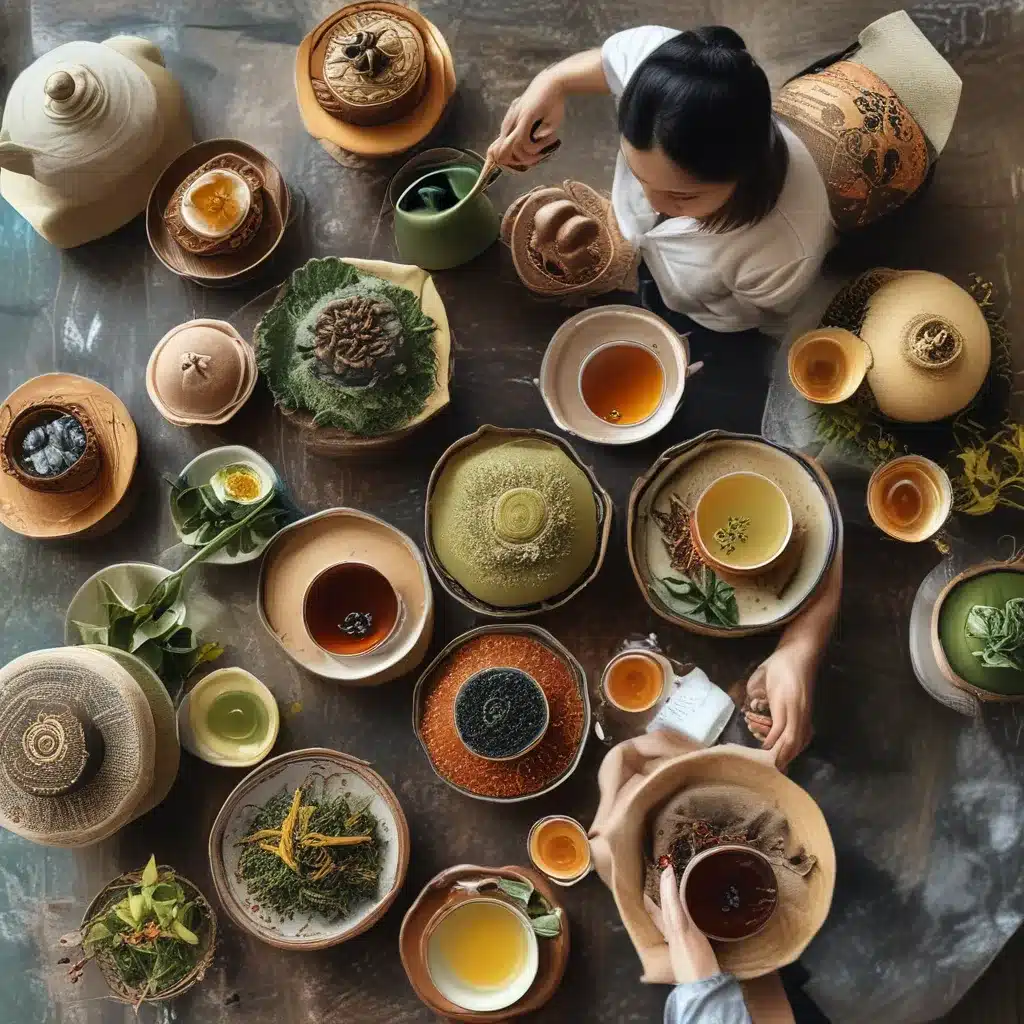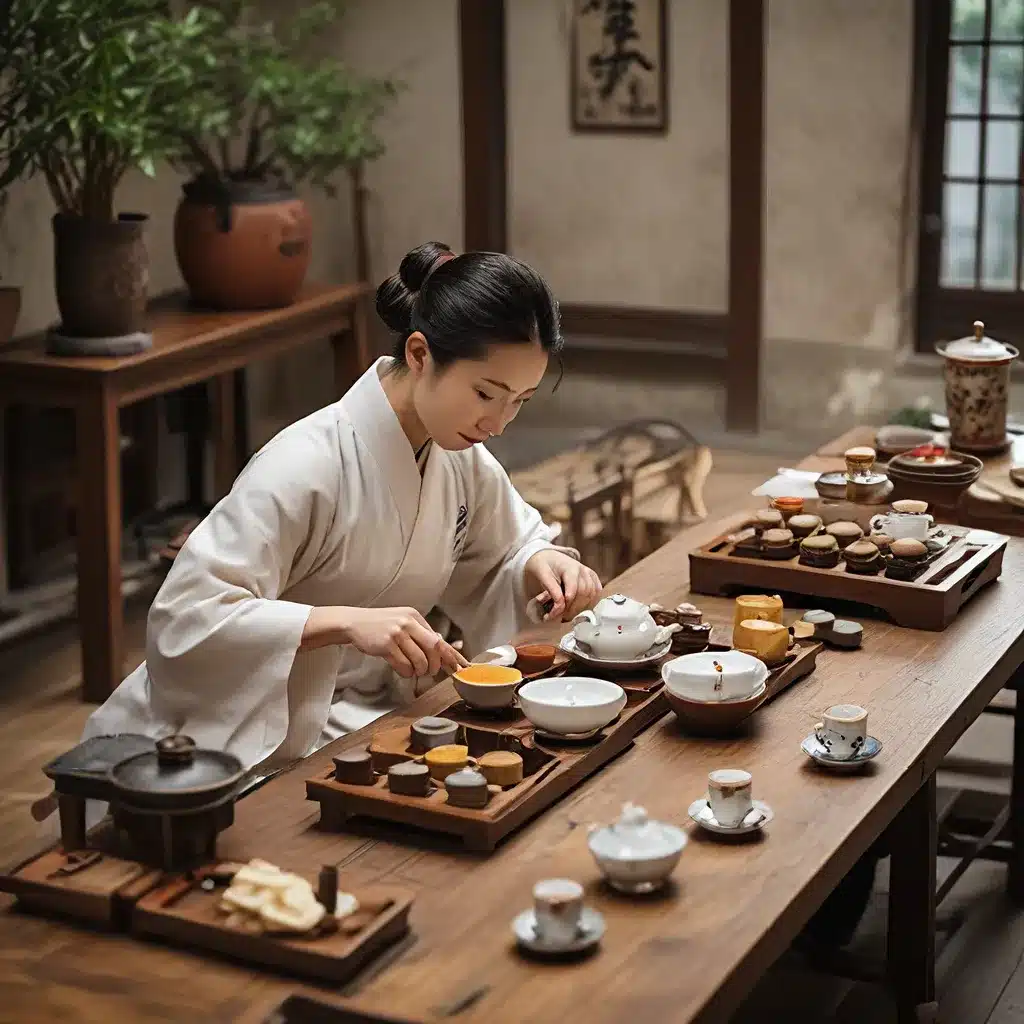
A Journey into the Heart of Chinese Tea Culture
As I step into the serene tea house, the aroma of freshly brewed leaves envelops me, instantly transporting me to a world beyond the bustling streets of Shanghai. This city, known for its dazzling skyscrapers and non-stop pace, holds a hidden gem – a centuries-old tradition that elevates the humble tea leaf into a true art form.
My journey began with a chance encounter at the One Dragon Restaurant, where the owner, a passionate tea enthusiast, invited me to experience the magic of a traditional Shanghai tea ceremony. Intrigued, I eagerly accepted, eager to delve into the rich tapestry of this ancient practice.
The Art of Tea: A Sensory Delight
As I settle into the serene tea house, the host gracefully unfurls the ceremony, each movement executed with a deliberate precision that commands my full attention. The selection of the tea leaves, the precise measurement of water temperature, the gentle pouring, and the delicate arrangement of the cups – every step is a meticulously choreographed dance, a symphony of sights, sounds, and aromas.
I watch in awe as the host carefully selects the finest Longjing tea leaves, their vibrant green hue a testament to their quality. The leaves are gently placed into a delicate porcelain gaiwan, the vessel that will hold the precious liquid. With a steady hand, the host pours in the steaming water, its temperature carefully adjusted to bring out the tea’s subtle flavors.
The sound of the water cascading over the leaves is a soothing melody, punctuated by the gentle clink of the cups as they are arranged on the table. I find myself mesmerized, my senses heightened as I inhale the earthy, slightly sweet aroma that fills the air.
The Art of Tasting: A Journey of Flavors
As the host pours the first infusion into the small cups, I feel a sense of anticipation. I bring the cup to my lips, allowing the warm liquid to caress my tongue. The flavors unfold like a delicate dance, starting with a subtle sweetness that gives way to a slight bitterness, followed by a lingering, delicate aftertaste.
Each subsequent infusion reveals new layers of complexity, as the tea leaves release their essence with each gentle pour. I find myself drawn into a captivating conversation with the host, who shares the nuances of the Longjing tea, its history, and the importance of preserving the traditional tea ceremony.
As I learn, I can’t help but draw parallels to the burgeoning specialty coffee scene in Shanghai, where baristas are elevating the humble bean into an art form, much like the tea masters of old. The attention to detail, the focus on quality, and the desire to create a truly memorable experience – these are the hallmarks of both the tea and coffee cultures in this dynamic city.
Delving into the Ritual: A Window to Chinese Culture
As the tea ceremony unfolds, I begin to understand the deeper significance of this ancient practice. It’s not merely about the act of brewing and drinking tea; it’s a window into the rich tapestry of Chinese culture, a reflection of the country’s reverence for tradition, attention to detail, and appreciation for the finer things in life.
Much like the vintage motorcycle sidecar tour I experienced in Shanghai, the tea ceremony represents a connection to the past, a way to slow down and savor the moment, to fully immerse oneself in the present. It’s a testament to the enduring spirit of the Chinese people, who have carefully preserved and passed down these rituals through generations.
As the final infusion is poured, I feel a sense of gratitude and wonder. I have not only tasted the exquisite flavors of Longjing tea but have also been granted a glimpse into the rich tapestry of Chinese culture, a tapestry woven with threads of tradition, artistry, and a deep appreciation for the simple pleasures in life.
Embracing the Art of Tea: A Call to Slow Down
As I step out of the tea house, the bustling streets of Shanghai once again come into focus, a stark contrast to the serenity I have just experienced. Yet, I find myself yearning to recapture that sense of calm, that deep appreciation for the present moment.
In a world that often prizes speed and efficiency, the art of tea offers a powerful antidote. It reminds us to slow down, to savor the moment, to connect with the rich cultural heritage that lies at the heart of this ancient practice. Whether it’s sipping a meticulously crafted cup of coffee or indulging in a traditional tea ceremony, the message is the same: to embrace the beauty and complexity that can be found in the simplest of pleasures.
As I make my way back to the One Dragon Restaurant, I feel a renewed sense of appreciation for the art of tea, and a deep desire to share this experience with others. For in the end, the true magic of the tea ceremony lies not just in the flavor of the leaves, but in the connections it fosters, the moments of peace it creates, and the cultural legacy it upholds. It is a practice that transcends time and space, a timeless art that reminds us to slow down, to savor, and to find joy in the simple pleasures of life.

